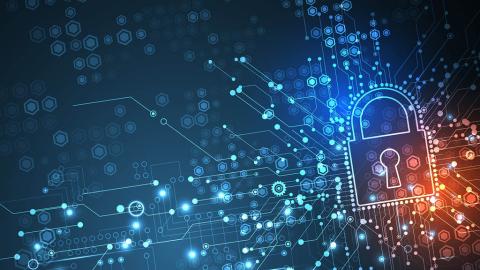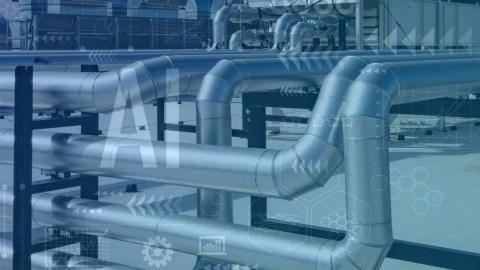Fewer people in the industry are talking about sustainability. But why has the collection of data also declined, when such data is often required by reporting regimes?
filters
Explore All Topics
By raising debt, building data centers and using colos, neoclouds shield hyperscalers from the financial and technological shocks of the AI boom. They share in the upside if demand grows, but are burdened with stranded assets if it stalls.
French operators must consider three regulatory sustainability reporting frameworks and a policy for tax incentives. A proposed law will fast-track facilities of national interest, potentially overriding local environmental protections.
Sodium-ion batteries promised a third battery option to lead-acid and lithium-ion batteries. The closure of Natron Energy means operators will need to look elsewhere.
Many data center OT systems share High- or Critical-level common vulnerabilities and exposures (CVEs), making them easy targets for cyberattackers. Operators need to act to protect their critical infrastructures.
The Netherlands have published the data center EED information and KPI forms for the 2024 operating year. However, the data set from the 104 facilities that reported data has limited value due to incomplete submissions.
The data center industry will benefit from the race between Intel and AMD for technical supremacy, but the outlook in terms of power efficiency remains challenging.
The remote nature of cloud computing makes it vulnerable to extraterritorial legal reach. Colocations, by contrast, only manage infrastructure - not data - shielding them from the same level of foreign governmental access.
Liquid-cooled colocation capacity remains niche, but demand is likely to grow. Colocation providers planning capacity for DLC need to address novel questions about individual tenant needs, operations and SLAs.
Operators looking for low-carbon power may be assessing low-carbon hydrogen for standby or primary power. Except for niche applications, the technology is a long way from practicality.
Many operators report that they trust AI to draft their MOPs, EOPs and SOPs. But this potentially error-prone approach demands meticulous review by an appropriate member of staff, or operators risk increasing the likelihood of costly downtime.
Most operators do not trust AI-based systems to control equipment in the data center - this has implications for software products that are already available, as well as those in development.
Superconductive power cables promise faster, cheaper and simpler connections for data center operators waiting for power. They could also simplify campuses and microgrids.
Security vulnerabilities in data center infrastructure management (DCIM) software are leaving some operators at risk of cyberattacks.
Rising IT power densities are pushing chilled water systems to their limits. AI-driven control offers predictive load management, optimized sequencing and stable delta-T under demanding conditions.
 Peter Judge
Peter Judge

 Dr. Owen Rogers
Dr. Owen Rogers

 Dr. Tomas Rahkonen
Dr. Tomas Rahkonen
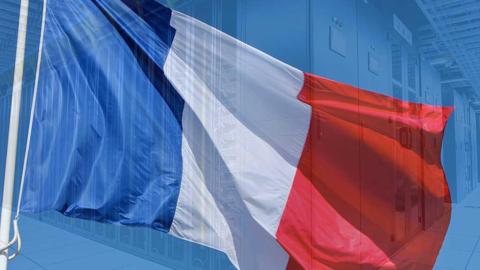

 John O'Brien
John O'Brien

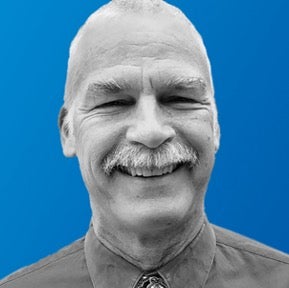 Jay Dietrich
Jay Dietrich
 Dr. Rand Talib
Dr. Rand Talib

 Daniel Bizo
Daniel Bizo

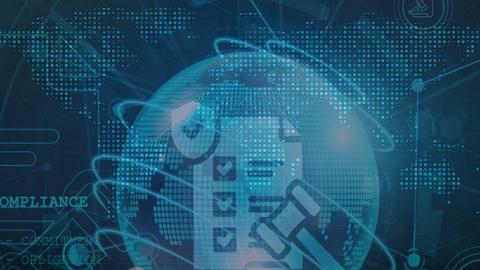
 Jacqueline Davis
Jacqueline Davis

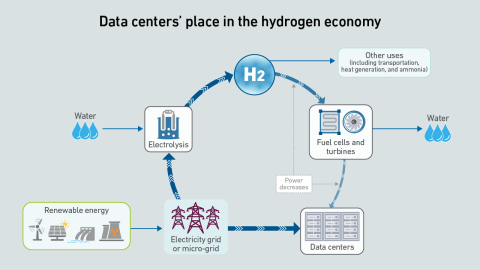
 Rose Weinschenk
Rose Weinschenk
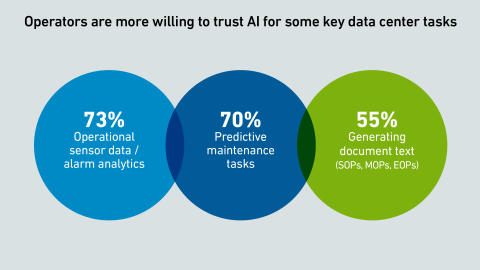
 Max Smolaks
Max Smolaks


